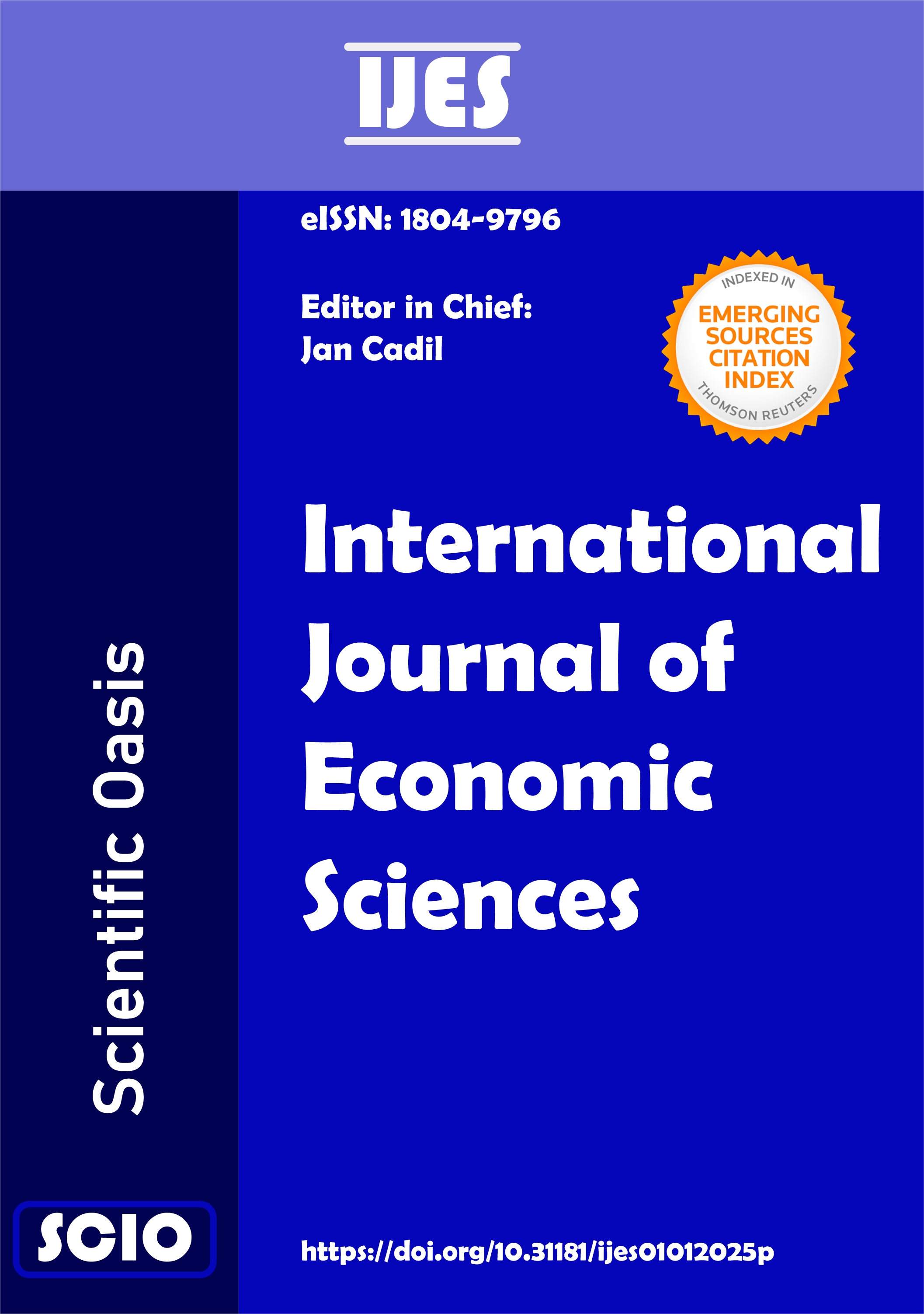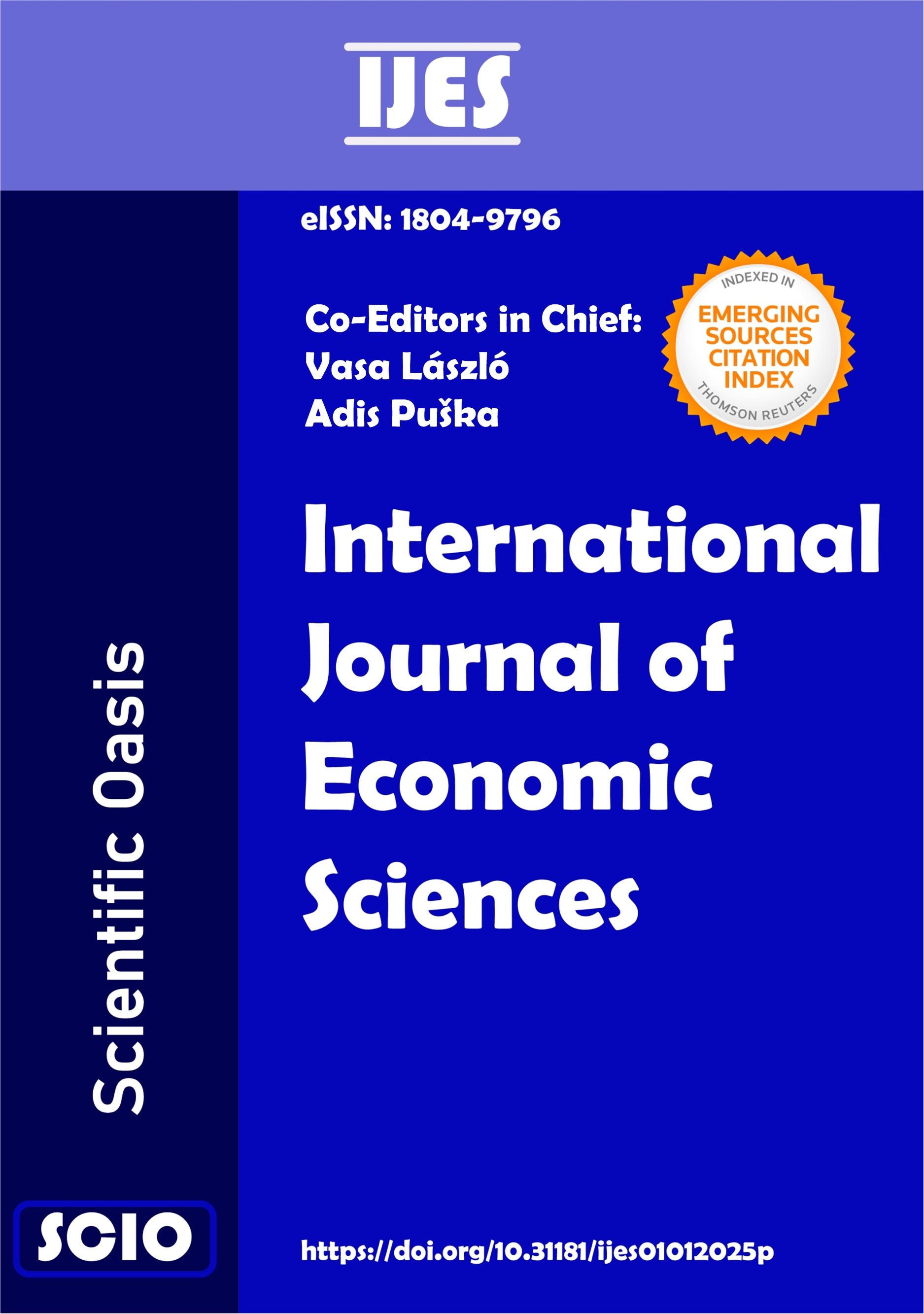THE CONCEPT OF PRUDENCE IN THEORY AND PRACTICE
DOI:
https://doi.org/10.20472/ES.2020.9.1.009Keywords:
Accounting standards, Conservatism, Financial reporting, IFRS Conceptual Framework, PrudenceAbstract
This paper studies the concept of prudence in view of the recent changes related to this accounting concept in The Conceptual Framework for Financial Reporting (CF) prepared by International Accounting Standards Board (IASB). Accounting standards should be based on clear concepts that enable the understanding why individual standards are stipulated the way they are and allow establishment of new recognition and measurement practices not yet covered by standards. This paper contributes to the cognition of how important it is to clarify the concepts underlying the preparation of mandatory financial statements. The conclusions of the paper could be useful for regulators. The revised CF emphasizes ‘cautious prudence’ supposedly supporting neutrality and neglects conservatism or ‘asymmetric prudence’. Firstly, this paper examines the stance of researchers towards the concept of prudence and reviews the results of some influential theoretical and empirical papers related to accounting conservatism, which is a term used in academic literature instead of the term prudence. Secondly, the effects of more or less conservative treatment on financial reports and usefulness of such information are analyzed based on hypothetical examples. Finally, the examples of how real companies treat development costs are used for the conclusions. The results of analyzed papers show that the most useful information is often information produced by conservative accounting system. Hypothetical examples illustrate how conservatism influences financial reports and real examples confirm the use of conservatism in practice. Therefore, CF as a foundation for development of individual standards should accept conservatism or ‘asymmetric prudence’ as important as neutrality.
Data:
Received: 22 Mar 2020
Revised: 5 May 2020
Accepted: 6 Jun 2020
Published: 20 Jun 2020
Downloads
Downloads
Published
Issue
Section
License
Copyright (c) 2020 Tanja Šestanj-Perić, Suzana Keglević Kozjak (Author)

This work is licensed under a Creative Commons Attribution 4.0 International License.






















 All site content, except where otherwise noted, is licensed under the
All site content, except where otherwise noted, is licensed under the